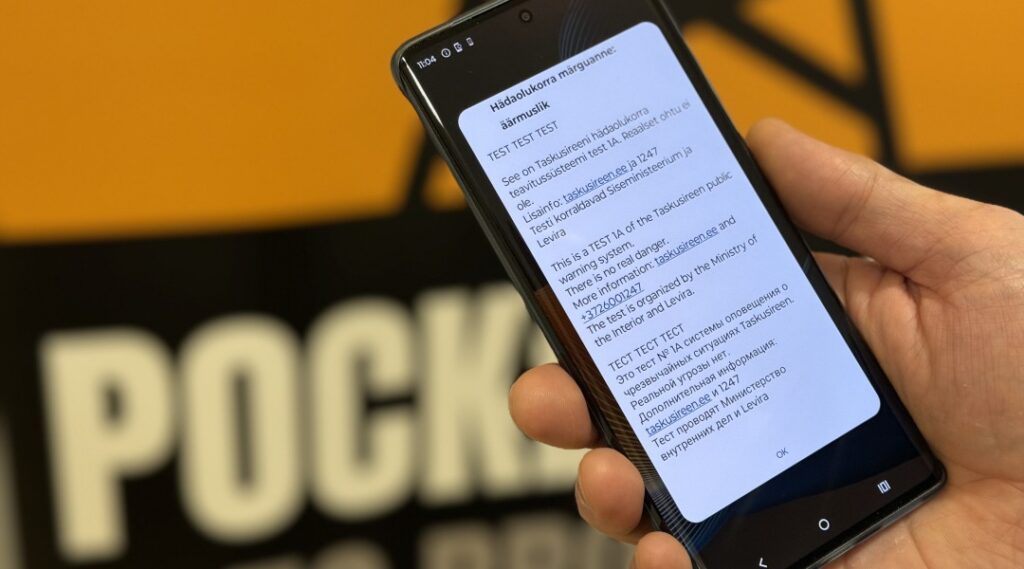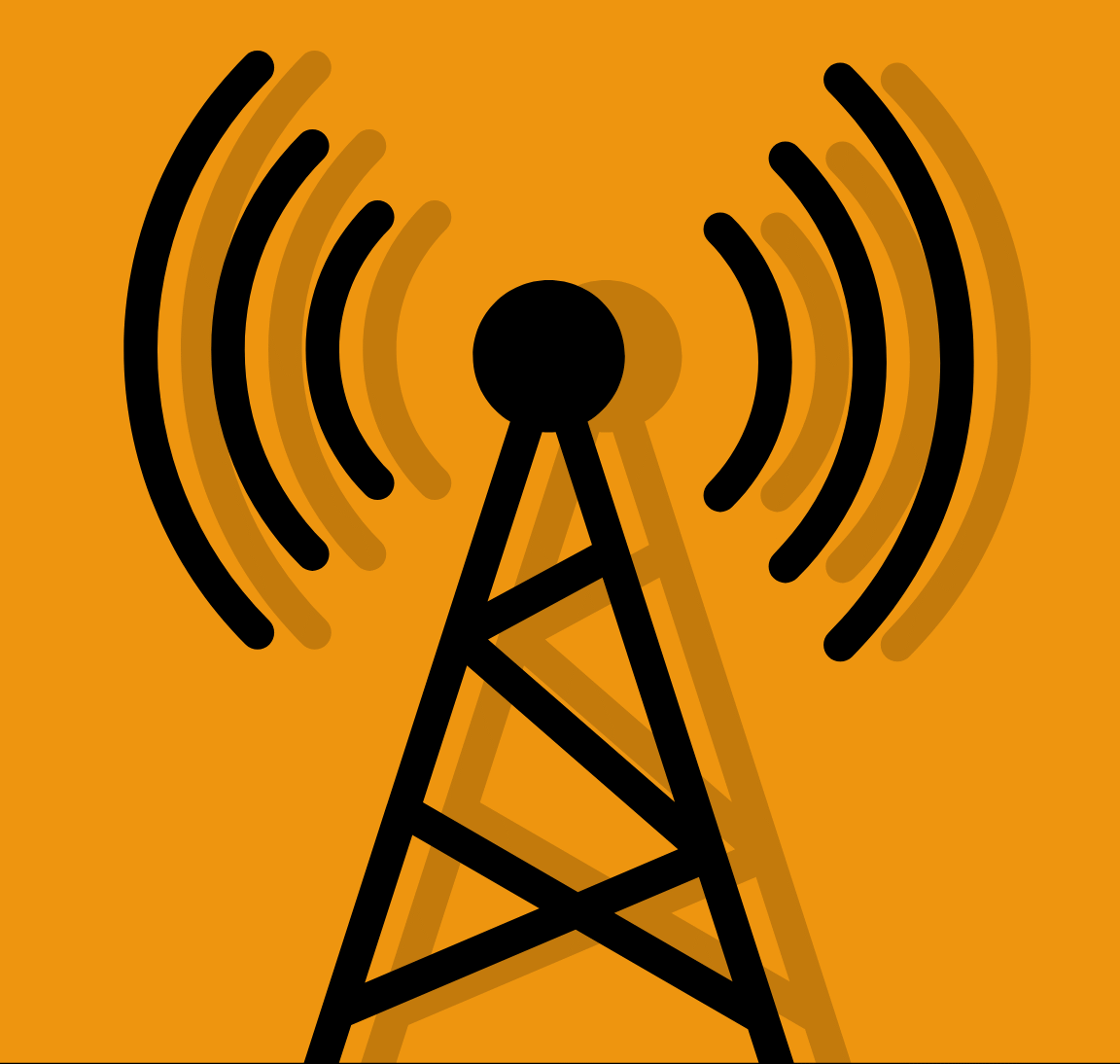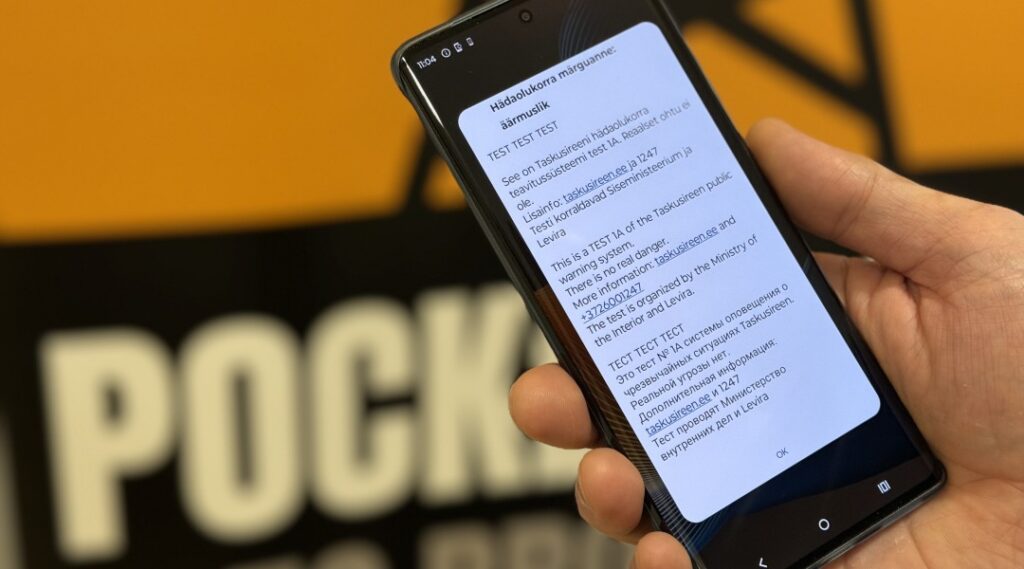On Wednesday, 10 December, the Pocket Siren emergency alert technology will be tested in Tallinn. Although special testing devices will be used, some mobile phone users within the test area may still receive alert messages.
Pocket Siren is based on a 5G broadcast solution, and the current test network covers eight counties: Harju, Pärnu, Järva, Ida-Viru, Lääne-Viru, Rapla, Viljandi and Tartu. The technology operates on digital television frequencies and enables both TV and radio broadcasting as well as fast emergency alerts. It is a unique solution that delivers alerts directly to smartphones, notifying users of major danger through sound, light and vibration. Since it is based on a broadcast network, alerts can also reach phones in situations where mobile networks are unavailable or the phone is in silent mode.
Together with its partners, Levira has identified at least 12 mobile device models that already support broadcast frequencies. This means that during the test, owners of these devices may receive test messages — if this happens, please keep in mind that there is no real threat. The Ministry of the Interior and its project partners kindly ask anyone who receives such a message to provide feedback via the website taskusireen.ee .
The test on 10 December will involve employees and volunteers from the participating organisations, as well as representatives of local authorities and other cooperation partners. The test aims to assess how the technology functions, what the user experience is like, and how well the alerts can be heard and seen.
The Pocket Siren project is led by the Ministry of the Interior, the Estonian Rescue Board, the Estonian Defence Forces, the Emergency Response Centre, the Consumer Protection and Technical Regulatory Authority, the Information Technology and Development Centre of the Ministry of the Interior, the State Communication Foundation and the Government Office of Estonia. Technological development and testing are carried out by Levira, TalTech, Tredess and Nakolos. The project is funded by the European Union Cohesion Policy funds for 2021–2027. More information and answers to frequently asked questions can be found at taskusireen.ee .


